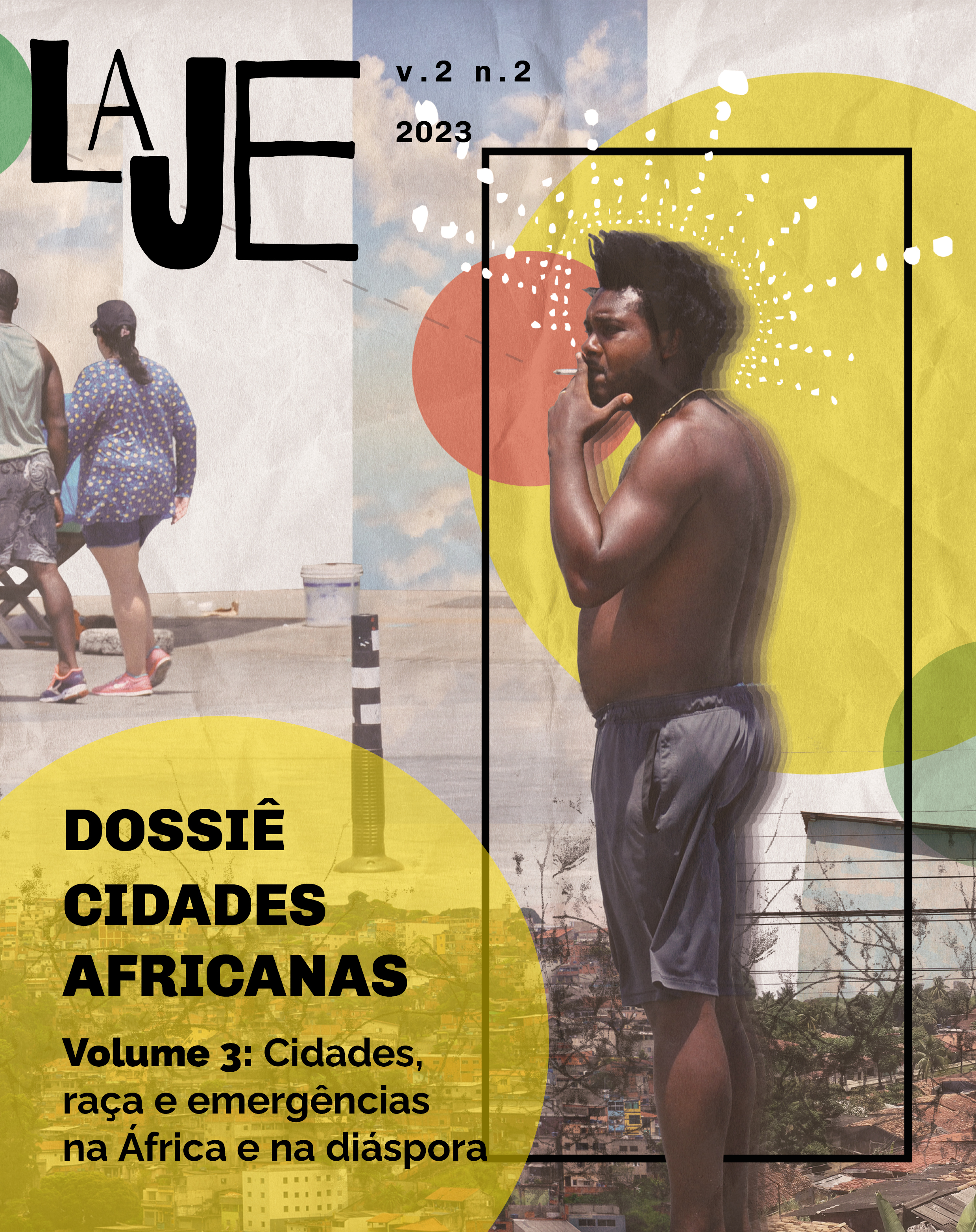Kinship neighborhoods
urbanism, architecture and collective life in the Colombian Afro-Pacific
DOI:
https://doi.org/10.9771/lj.v2i0.58342Keywords:
Colombian Pacific, kinship neighborhoods, collective territories, vernacular architecture, social housingAbstract
The Afro-descendant communities that inhabit the Colombian Pacific region have traditions and cultural characteristics that denote the great significance that community life represents for them. Based on this premise, and in the face of a long-term research process, kinship neighborhoods were identified as forms of socio-spatial representation of collective life in these communities, founded on principles such as solidarity, exchange, and cooperation. Through the lens of urbanism and vernacular architecture, this paper explores the basic principles of collective life as a cultural tradition, starting from the analysis of rural settlement to then identify the reinterpretation of characteristics of this settlement in urban centers. Using typological analyses at different scales and in different contexts, we seek to demonstrate the persistence of kinship neighborhoods until today and to contribute to the debate on public policies that have been ignoring the cultural traditions rooted in these territories by imposing a generic urbanism and architecture in social housing projects.


